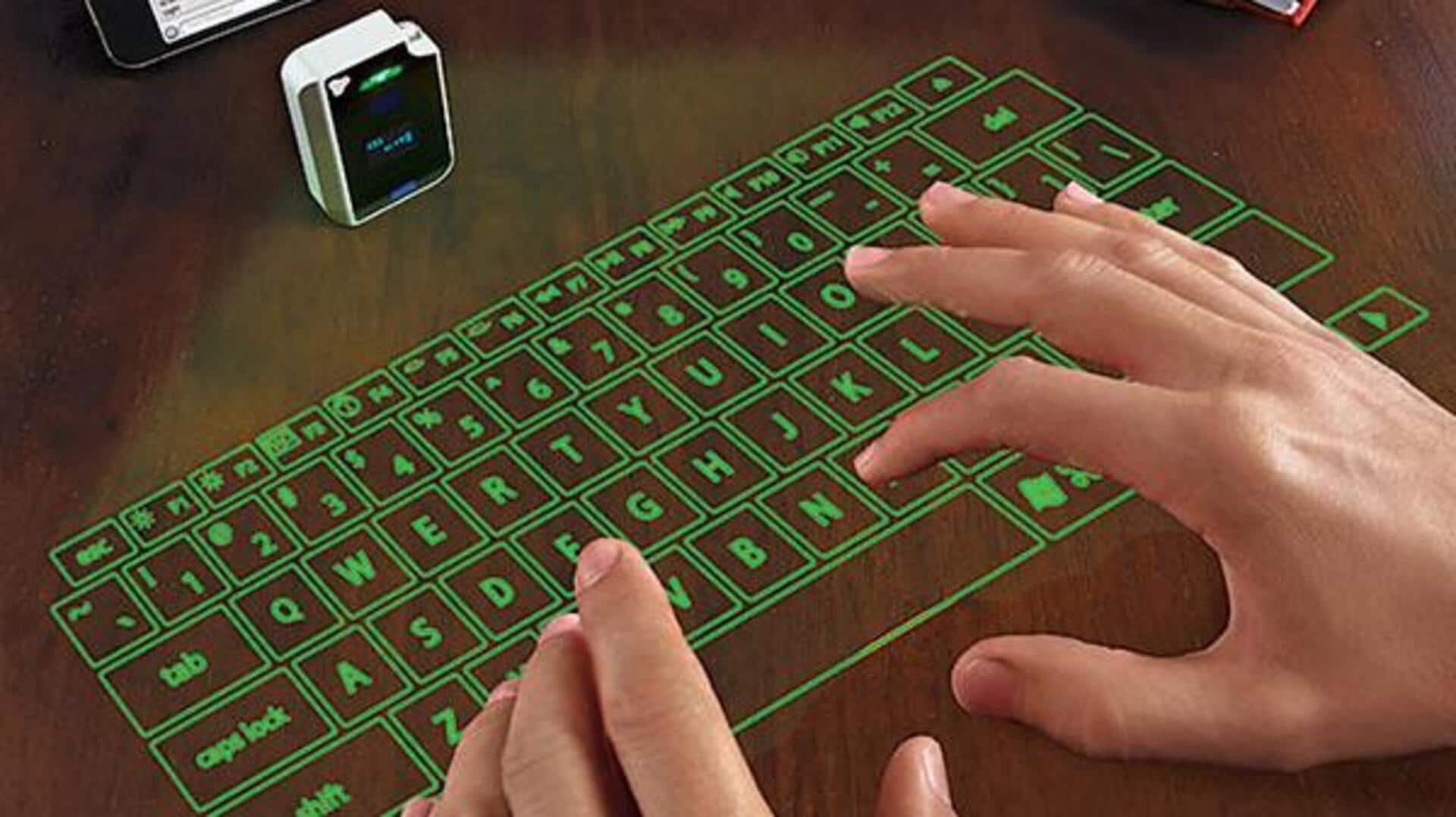
How to create virtual keyboards
What's the story
Creating virtual keyboards for accessibility is essential in making sure that everyone, irrespective of physical ability, can use digital devices efficiently. These keyboards are specifically designed for people with disabilities, offering them an alternative way to input. By mindful of user needs and following thoughtful design principles, developers can make virtual keyboards that improve usability and inclusivity.
User needs
Understanding user needs
Before designing a virtual keyboard, it is essential to understand the specific needs of the target users. This means you will have to research various disabilities and how they affect interacting with digital devices. For instance, people with limited mobility may need larger keys or voice input options. Getting insights of potential users through surveys or interviews can give you valuable information about their preferences and struggles.
Interface design
Designing intuitive interfaces
An intuitive interface is the key to a successful virtual keyboard. The layout has to be simple and easy to navigate, so that cognitive load for users can be minimized. How about using contrasting colors for better visibility and making sure buttons are adequately spaced to avoid accidental presses? Adding customizable features lets users adjust settings as per their comfort level.
Assistive tech
Implementing assistive technologies
Integrating assistive technologies into virtual keyboards can go a long way in improving accessibility. Features like predictive text, speech-to-text conversion, and haptic feedback can help users type more efficiently. Developers should also ensure compatibility with screen readers and other assistive tools popularly used by people with disabilities.
Usability testing
Testing for usability
Conducting thorough usability testing is vital in identifying any issues or areas for improvement in the virtual keyboard design. Involving real users in testing sessions provides direct feedback on functionality and ease of use. Iterative testing helps refine the product until it meets the desired accessibility standards.
Cross-platform
Ensuring cross-platform compatibility
To maximize reach, it is important that these virtual keyboards work seamlessly across desktops, tablets, and smartphones. This means developers will have to consider different screen sizes and operating systems as they design these keyboards. Cross-platform compatibility would ensure that all users have access, no matter what device they prefer.